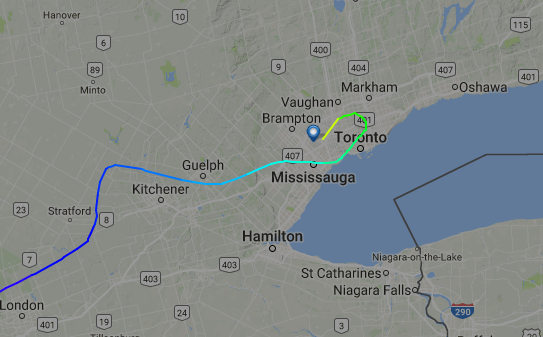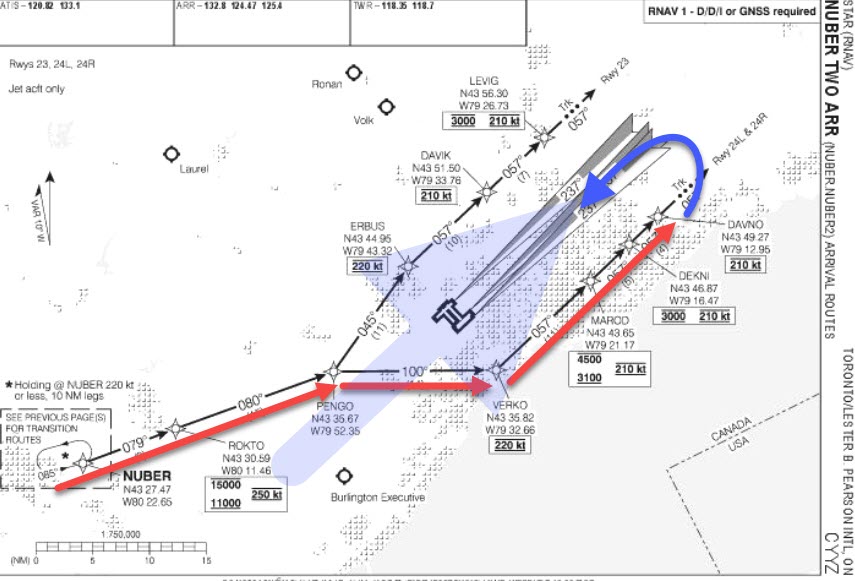Shared rules must meet everyone's requirements
First, aircraft land in a headwind, hence the U-turn.
They're in a stack of other aircraft approaching, so they have to "get in the queue". Even if this Cessna could easily tailwind-land on a 10,000 foot runway in the tailwind, the 777 behind it really shouldn't.
Making the stream of aircraft manageable requires a standard approach. As you can imagine, this is "lowest common denominator" to accommodate all aircraft.
A lot of work to do: stabilizing the approach
Why is it so long? Because there's a lot of work to do. The pilots' time is a chokepoint, that is to say it's a high workload time. If the work isn't done, they can't land and have to go around.
They have to either find the localizer (horizontal beacon) or get roughly lined up on the runway. Then they have to line up vertically on the glideslope beacon (or the four lights which are a visual version of the same thing).
They have to get their speed where it belongs (several times during the approach), get power where it belongs, drop landing gear, set flaps in coordination with their speed reductions, work their checklists, and prepare the aircraft in all other respects.
If they are dealing with crosswinds, they also must have a strategy to correct for that.
All this is called "stabilizing the approach".
Then they reach a decision point called "minimums", some ways back depending on their flight mode. Here they decide whether they are able to continue the landing: Can they see the field? Is the approach stablized? Continuing to press a bad approach is a bad habit.
So the approach pattern is long to give everybody time to do this.
Also, that approach is slow
The final (upwind) leg of the approach also has the slowest airspeed of the whole flight, and it's into the wind. So it will tend to take a lot longer than the downwind leg where you flew past the airport. So it may seem like it's really far, when it's just really slow.




